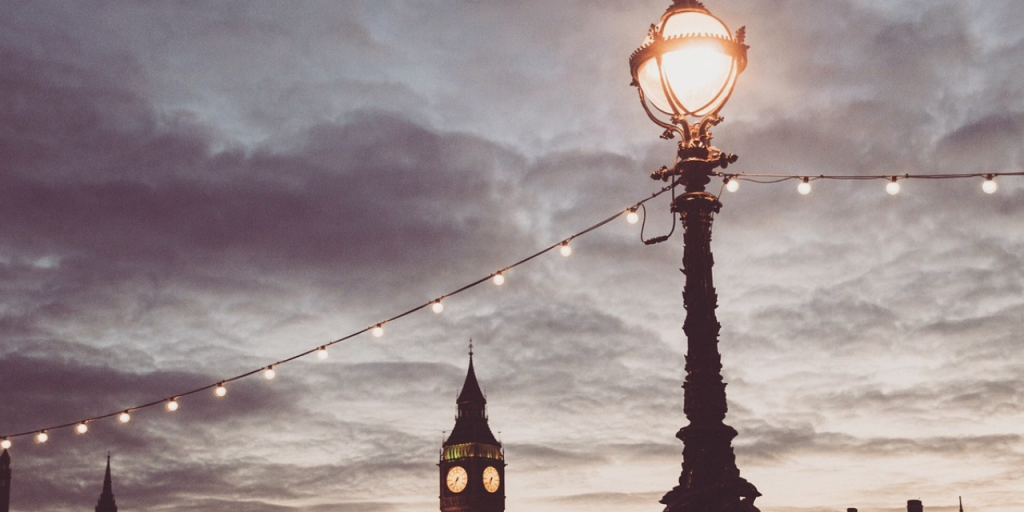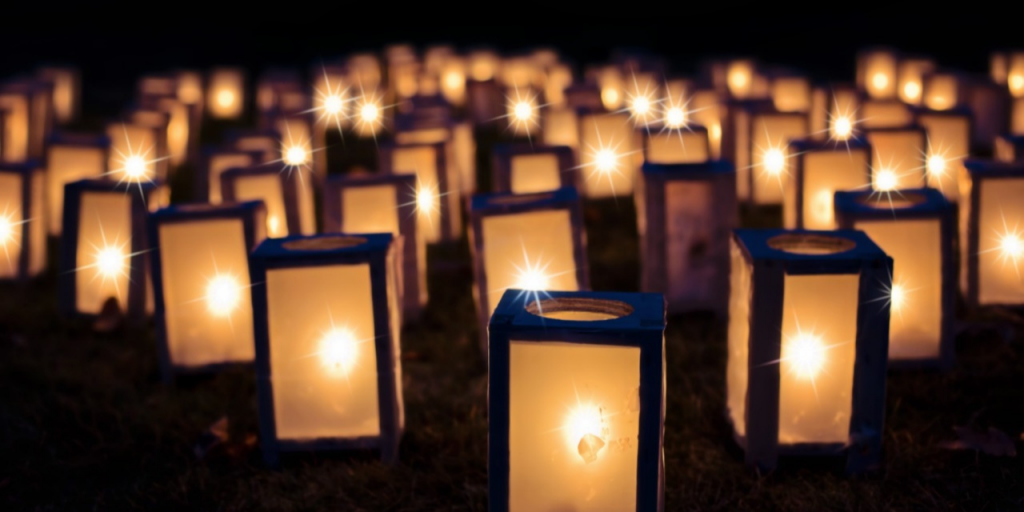
You’ve worked hard to create a beautiful outdoor space for your house. Now the goal is to enjoy it. There’s no need to limit that enjoyment to the hours from sunrise to sunset, though. Nor should you have to navigate your way around the patio at night by the light of your cell phone. Instead, you can consider a number of great lighting options that will make your patio a round-the-clock option for relaxation.
Lighting, of course, has to be functional. At the same time, though, it ought to be decorative. The light fixtures themselves are just one aspect. The light itself also contributes to the “feel” of your relaxation spot. Whether it is overhead or low, bright or subtle, it helps to generate a mood and make your outdoors the kind of place you want it to be.
Let’s have a look at some of your options in patio lighting. You can always mix and match to combine effects or use them at different times to have a more varied feel.
String Lights
Although they’ve been around for a long time, string lights seem to have grown more popular in recent years. Even within this category, there is a huge range of possibilities. Bulbs can range from larger ones a couple of inches in diameter down to Christmas-tree type lights.
You can run string lights between just about any two points. You can go from the house to the shed, from tree to tree, or anywhere they can be hooked to.
You can find strings of any reasonable length. Bulbs can be spaced differently along that length, although larger bulbs tend to be spaced out more than smaller ones.

You’ll have a lot of customization options with string lights, too. You can space them as best suits your needs. You might choose one or two strings running parallel over key parts of your patio. Or you could criss-cross them to better reach the whole area.
But you can also run more strings. Of course, that means you’ll have more light, too. Your choice of bulbs and the number of strings you choose will dictate how warm and bright the space is.
There are even string lights that are designed not as straight lines, but as nets. These can be used overhead, but also work great as a backdrop on one side of the patio. And they look great when hung in tree branches, covering a section of the tree and providing a focal point from where the light shines down.
Landscape Lighting
Let’s go from the high to the low and talk about landscape lighting now. These lights are low to the ground – the fixture might only measure a foot or two high.
The main purpose of landscape lighting is to light up walkways or driveways and provide just enough light to make your steps secure. Still, they can go great around the patio if you want a minimum amount of light. They can help you see your way around and not bump into the furniture. At the same time, they won’t interfere much with your view of the moon and stars.
These particular lights point downward to better guide your steps. That helps prevent glare, although they don’t do much to let you enjoy a book or even see faces.
Landscape lights can be powered by an electric line that’s run underground, meaning they can require a bit more work to install. However, there are also great solar varieties. Their batteries charge during the day and they turn on automatically when it gets dark.
Lanterns
Lanterns offer a huge diversity of types, power sources, and styles. It’s easy to mix shapes, sizes and easy styles to create a totally unique effect. Lanterns can be hung from posts or trees, placed on tables, or even stand on the ground.
Most lanterns provide light in a 360-degree radius. Many have variable brightness features as well so you can adjust them based on your needs.

While a single lantern in the center of your patio can provide a good amount of light, it’s often more attractive to have several so the light isn’t too concentrated. You could hang them in the corners of your space, place them at varying heights in one area, or even have a selection of styles on a corner table.
The type and strength of light will depend on the type of lantern you choose. There are all types of fuel sources available, too. Gas lanterns are common but so are battery-powered versions. If you know exactly where you want your lanterns to stay, there are even ones you can hard-wire to your electric system.
Torches and Candles
If you like the idea of an open flame, torches or candles can be a fantastic choice. While individually they may not provide much light. But the strategic placement of several of them can add a unique atmosphere.
Torches can be great for a festive environment like a barbecue with a tropical theme. Generally they include their own poles that can be stuck into the soil. Or you can get bases in which to insert them.
Candles can create a more mysterious or romantic environment. The soft flickering light contributes to the peacefulness of the setting.

An added benefit of both torches and candles is that they tend to keep away pesky mosquitoes. The smoke itself generally drives them off. But if you find it’s not enough, you can choose citronella-based versions that are designed specifically for the task.
Another way to provide some light is with a fire pit, although most people probably won’t use this primarily for the illumination.
Of course, safety is especially important when talking about any open flame. These aren’t good options when you have young children or around pets who like to wag their tails or knock things over.
Chandeliers
If you like brighter light for gatherings, meals, and other activities, you could choose a more central lighting source. If you have a pergola or other structure, it can be quite easy to add a chandelier hanging over the center of your space. But even if not, it may be possible to construct corner supports with lines running to the center to support your fixture.
Chandeliers can run from simple to elaborate, according to your tastes. And they can also feature a range of light intensity. For more control, consider adding a dimmer so that you can adjust for the needs of a particular day.
Making A Plan
To help you choose, it’s best to first develop a clearer idea of how you want to use your space. Think about what you do on your patio. Does that include parties, dinners, late-night chats, sitting alone, reading? That will help determine the type of lighting you’ll want.
Also, try drawing up a diagram to see how best to lay out your new lighting features. Take into account existing light sources, too. Does light from inside your house reach the area? How about street lights from out front? With those things in mind, where do you most need to add light, and what’s the best way to do it?
A good plan will help you achieve the perfect effect and really let your patio shine – even after dusk!

